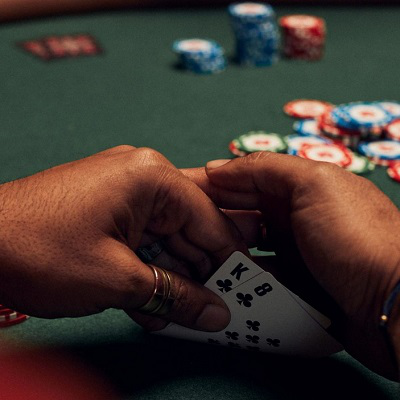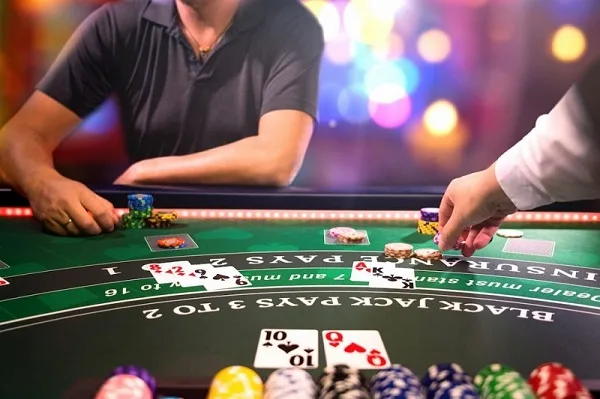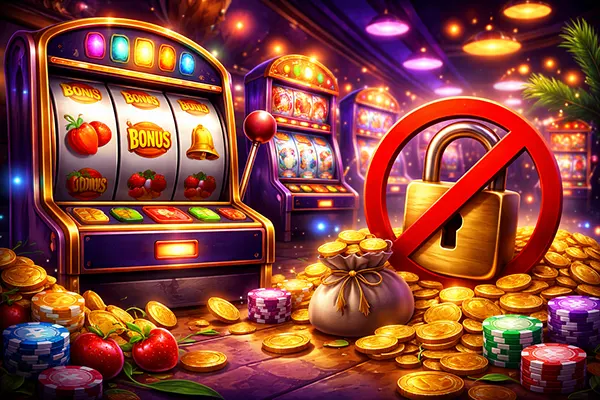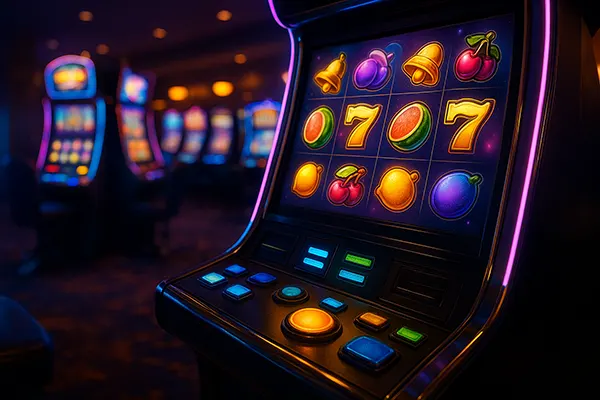
What is bluffing in poker?
Poker is not just a game of chance, but also of skill, strategy and psychology. One of the key elements that distinguishes professional players from amateurs is the ability to bluff. Bluffing in poker is a strategy in which a player makes his opponents believe in the strength of his hand, when in fact it may be weak or even useless. The main goal of bluffing is to force opponents to fold their cards, which allows you to win the pot without having a strong combination.
How to bluff professionally in poker?
Professional bluffing requires not only courage, but also a keen understanding of the game and the behavior of opponents. Here are some key aspects that will help you master the art of bluffing:
- Understanding the position: In poker, it is important to consider your position at the table. Bluffing from a late position (closer to the dealer) is more profitable because you have more information about your opponents’ actions.
- Reading your opponents: Being able to read your opponents is a crucial skill in poker. Pay attention to their playing style, tendencies, and reactions to your actions. Experienced players often analyze previous hands to identify patterns in their opponents’ behavior.
- Bets and their size: The size of the bet plays an important role in bluffing. Too big a bet can arouse suspicion, while too small a bet will not create enough pressure. The optimal bet size depends on the specific situation and the playing style of your opponents.
- Image creation: Your image at the table also affects the success of your bluff. If you play cautiously and bluff rarely, your opponents will trust your bets more. Conversely, if you bluff often, your opponents may start to see through you.
- Timing: Not every moment is right for a bluff. Bluff when there is a logical sequence to your actions, when you have potential “outs” (cards that can strengthen your hand), or when you notice weakness in your opponents.

Bluffing in online poker
Bluffing in online poker casinovlad.com has its own characteristics that are different from live play. The main differences are the lack of eye contact and non-verbal cues, which makes the process of reading opponents more difficult.
- Bet analysis: In online poker, you cannot see your opponents, but you can analyze their actions and bet sizes. Pay close attention to betting patterns to spot potential signs of bluffing.
- Use timing: The time it takes players to make a decision can be useful information. A long thought before betting can indicate uncertainty or an attempt at bluffing.
- Game history: Online platforms allow you to view the history of games, which helps analyze the behavior of opponents and identify their weaknesses. Using Statistics: Many online poker sites offer tools for analyzing the game, such as HUD (Heads-Up Display), which show statistics about your opponents. This data can be useful for making bluffing decisions.
Bluffing is an art that requires an understanding of psychology, strategy, and skill. Professional players use bluffing as an important tool for winning at poker, skillfully combining it with other elements of the game. In online poker, bluffing, which is used by casinovlad.com players, is also important, but requires different approaches and analytical skills. Having mastered these techniques, you can increase your chances of success and become a more successful poker player.





